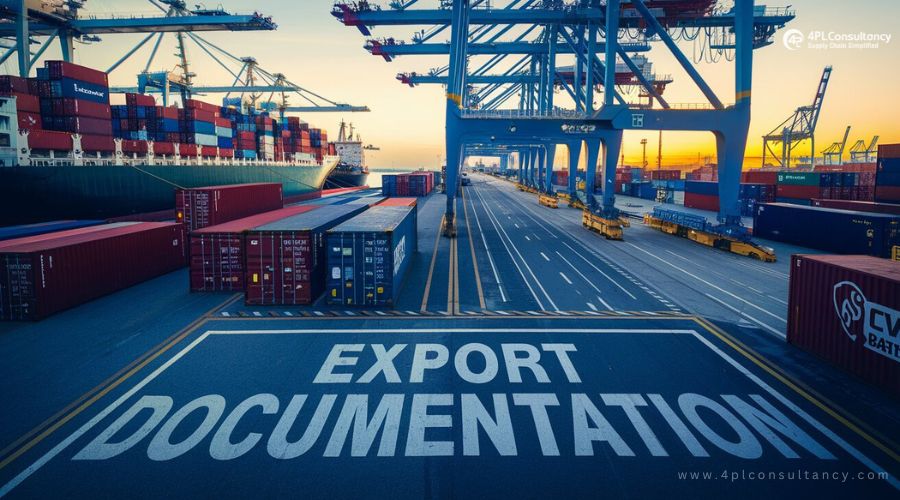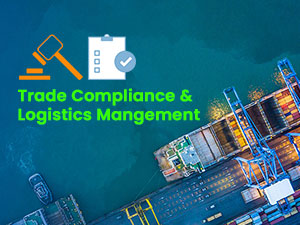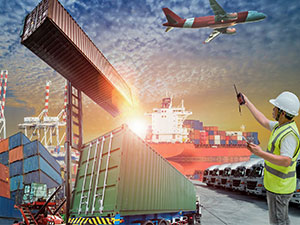Blog Details

Export Documentation
General Topics Under Export Documentation
Export documentation refers to the required paperwork that ensures goods are legally transported across borders, complying with international trade regulations. These documents not only protect both buyer and seller but also provide clarity on tariffs, taxes, and customs duties. Without proper documentation, goods can be delayed at customs, returned, or subjected to penalties.
Export documentation serves several key purposes:
- Compliance with Regulations: Ensures that goods meet the regulatory standards of both the exporting and importing countries.
- Proof of Transaction: Offers a clear record of the agreement between buyer and seller, preventing disputes.
- Tariff Calculation: Determines how much the importing country will charge for the goods, based on their classification.
Product Categories in Export Documentation
Different types of products require different export documents, primarily based on the nature of the goods being shipped. Below are the major product categories:
- Manufactured Goods: This includes machinery, electronics, vehicles, and other large industrial products. Due to their high value, these goods often require more detailed financial documentation, including export licenses and certificates of origin.
- Agricultural Products: Products like fresh produce, grains, and processed food have special requirements, especially when dealing with perishables. Documentation such as phytosanitary certificates (to ensure that plants are free from pests) is often necessary.
- Textiles and Clothing: Apparel and fabric exports need documentation like textile export licenses, especially when exporting to countries that impose quotas or specific regulations on textiles.
- Pharmaceuticals and Chemicals: These goods are subject to rigorous export controls, especially if the products are classified as hazardous or fall under controlled substances. Exporters must provide Material Safety Data Sheets (MSDS) and detailed packaging instructions to comply with regulations.
- Luxury Goods: Products like jewelry, high-end watches, or artwork require not only standard documentation but also extra security and insurance policies, which are included in the financial paperwork.
Each product category has specific requirements for packaging, labeling, and handling, all of which must be outlined in the export documentation.
Financial Documentation Required for Export
The financial aspect of export documentation is vital for protecting the interests of both exporters and importers. Some key financial documents include:
- Commercial Invoice: This is the most critical document, acting as a bill for the goods shipped. It contains information about the seller, buyer, item descriptions, unit prices, payment terms, and shipping details. It serves as a legal contract between the exporter and importer.
- Letter of Credit (LC): Often used in international trade, an LC guarantees payment from the buyer's bank to the seller, provided certain conditions are met. It provides security to both parties, ensuring the exporter gets paid once the goods are shipped.
- Bill of Exchange: This financial instrument allows the exporter to collect payment from the importer’s bank. It also serves as evidence of the contract between the two parties, showing that payment is due on a specified date.
- Proforma Invoice: This document is issued before shipment, outlining the estimated cost of goods and the terms of the transaction. It's a preliminary invoice that helps importers secure financing or foreign exchange permits.
- Insurance Certificate: This document proves that the goods being shipped are insured against damage, loss, or theft during transit. Insurance is a key requirement for many export transactions, particularly when shipping high-value goods or traveling long distances.
Custom Documentation
Customs documentation is critical to ensure goods pass through international borders without any legal or financial issues. Key customs documents include:
- Export License: Certain goods require government authorization to be exported, especially if they are strategic or sensitive. Export licenses ensure that the goods comply with national regulations and international trade agreements.
- Certificate of Origin (CO): This document certifies that the goods were produced or manufactured in a specific country. It is crucial for determining applicable tariffs and ensuring compliance with free trade agreements.
- Shipper's Export Declaration (SED): Filed with customs, this form details the type, value, and destination of the goods being exported. It helps the government track exports for statistical purposes.
- Packing List: While not strictly a customs document, a packing list provides a detailed account of the items being shipped, including their dimensions, weight, and packaging type. This list is essential for customs officials to verify the contents of the shipment.
- Export Declaration (ED): This document is mandatory for some countries, confirming that the exporter has declared the goods for export and paid any applicable taxes or duties.
- Phytosanitary Certificate: Required for agricultural exports, this certificate proves that plant-based products meet the necessary health standards and are free from pests or diseases.
Logistics Documentation
Logistics documentation ensures that the physical shipment process runs smoothly and that the goods reach their destination on time. Some essential logistics documents include:
- Bill of Lading (BOL): One of the most important documents in shipping, the BOL acts as a contract between the shipper and carrier. It specifies the terms of the shipment, including delivery instructions, type of goods, and freight charges.
- Airway Bill (AWB): Similar to the BOL but used for air shipments, the AWB outlines the terms and conditions of air transport. It serves as proof of the carrier's receipt of goods and a contract of carriage.
- Freight Invoice: This document provides the charges associated with the shipment of goods, including handling fees, transportation costs, and any applicable surcharges.
- Dangerous Goods Declaration: When shipping hazardous materials, a declaration is necessary to ensure proper handling. This document lists the chemical composition of the goods, precautions, and emergency response instructions.
- Warehouse Receipt: For goods stored in a warehouse before shipment, this receipt proves that the exporter has delivered goods to the facility for safekeeping.
Conclusion
Understanding export documentation is essential for businesses involved in international trade. From financial paperwork to customs and logistics documents, each plays a pivotal role in ensuring that goods are exported smoothly and legally. With the recent advancements in digital documentation and blockchain technology, the future of export documentation is poised for significant innovation, enabling more seamless and efficient trade across borders.
Exporters must stay informed about regulatory changes and leverage new tools to ensure compliance, reduce errors, and improve overall trade efficiency.
4PL Consultancy has a team of experts in Tariff classifications of wide variety of Product lines – Medical spares, Aerospace, Radiation Oncology machines & spares etc.





